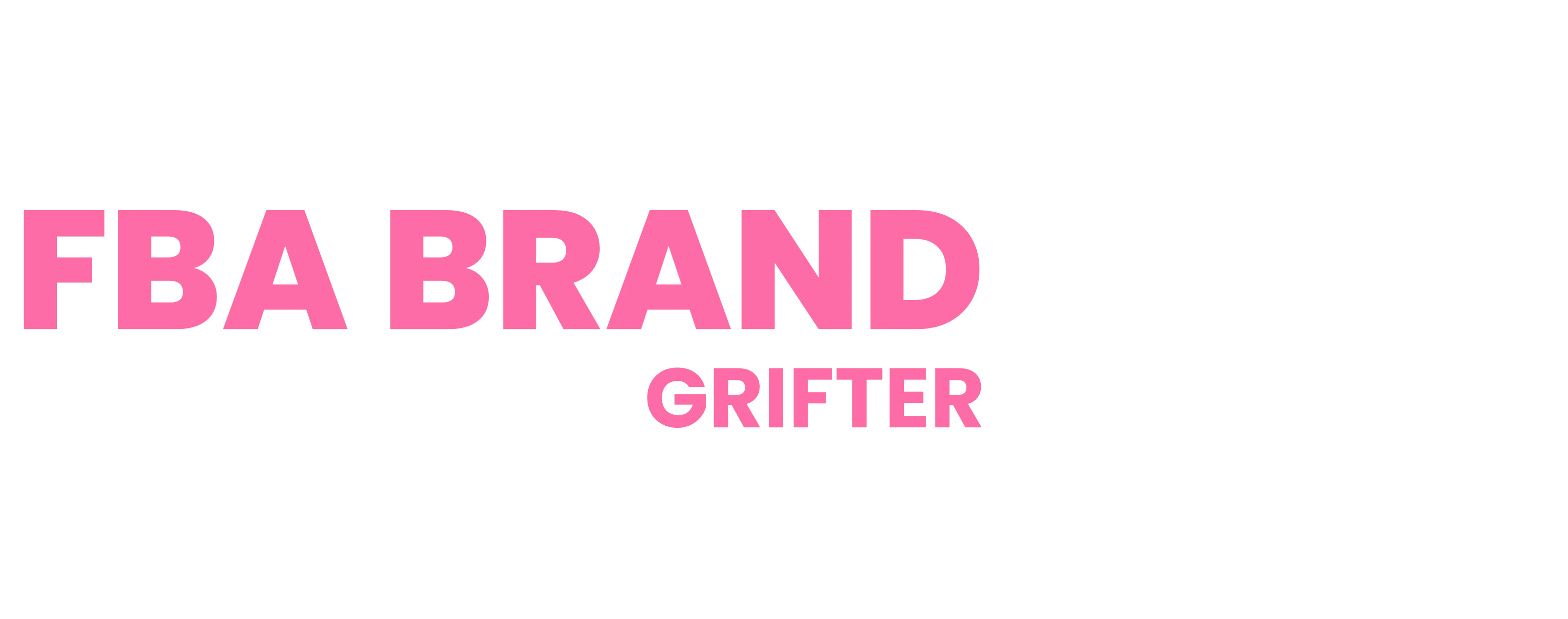Darren Campbell’s FBA Brand Builder program comes with a lot of bold promises. It’s marketed as the ultimate guide to mastering Amazon FBA, boasting claims of industry-leading training, hands-on mentorship, and tools that are supposedly a game changer. The pitch makes it sound like a one-stop shop for anyone dreaming of success in the competitive Amazon marketplace.
But let’s be real—how much of this holds up? If you’ve kept up with our reviews (Promises vs. Reality, The Growth Programme: Is It Worth It?), you’ll know there’s a growing gap between those big promises and what clients are actually getting. One of the biggest red flags? The program’s heavy reliance on “success stories” from people who are, conveniently, now part of Darren’s team. Are these stories legit, or are they more about clever marketing?
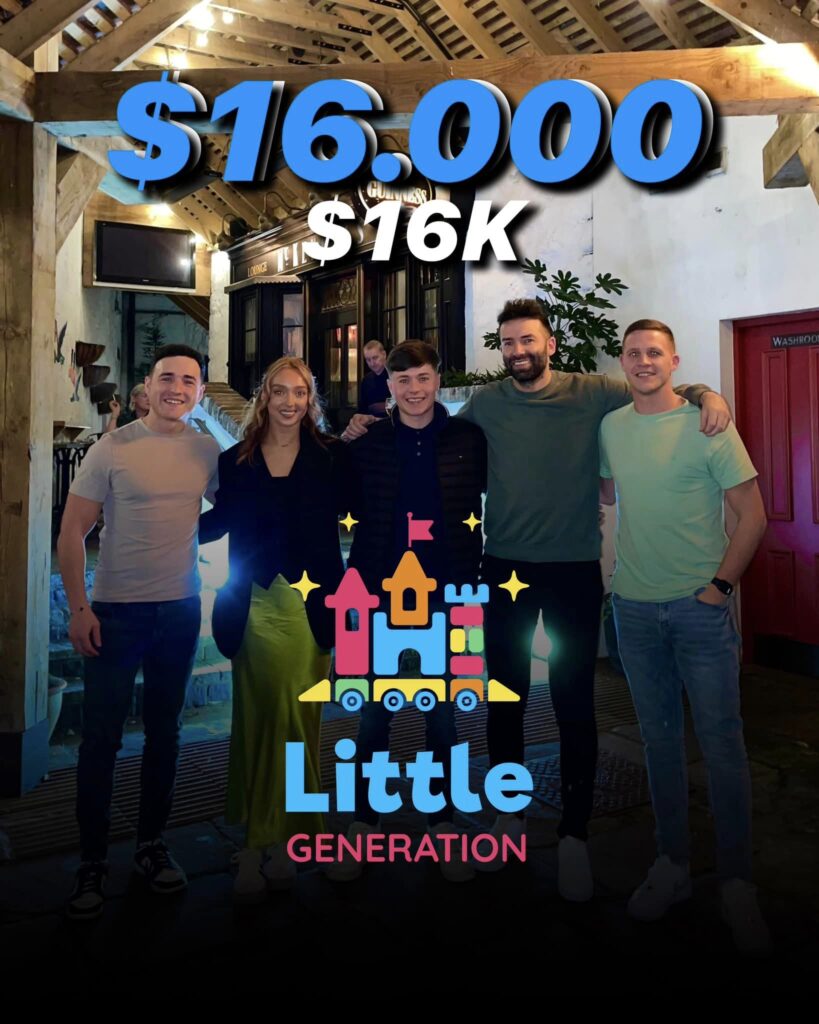
Success Stories: Proof of Value or Carefully Managed PR?
The success stories featured in the program’s marketing are undeniably impressive. They’re framed as proof of what’s possible with Darren’s system—huge revenue milestones and rapid results. But scratch the surface, and you’ll find some recurring patterns that raise eyebrows.
- Are These Results Common?
The featured stories all share big numbers, but they don’t give much context. Were these results typical? Or are these clients the exceptions, cherry-picked to sell the dream? - Who’s Behind the Story?
Many of the people spotlighted in these stories are now part of Darren’s team. That’s where things get murky. Did they receive extra resources, special support, or advantages that regular clients don’t have? - Revenue vs. Profit:
The stories emphasize revenue—big dollar amounts that sound amazing. But there’s little mention of what those numbers mean after factoring in costs, profit margins, and long-term sustainability.
Examples of “Success” Stories:
- Aoife Kelly & Christopher Casey: These two are featured for generating $16,000 in 30 days. Impressive, right? But both now work directly with Darren’s team. It raises questions about how independent their experiences really were. Did they receive extra help as insiders?
- Ryan Tweed (@fastambition): His $400,000 revenue figure is frequently highlighted in the program. However, as a team member, it’s fair to ask whether his success reflects what an average client can realistically achieve.
- Daz Tweed (@_creativia_usa): Daz hit $20,000 in revenue in just 40 days. But again, as someone tied to the team, it’s unclear if his story is representative of what regular participants can expect.
The overarching theme? These stories look great on the surface but often lack transparency. Without knowing how much profit these individuals made, how much support they had, or whether they received special treatment, it’s hard to judge the program’s true value.
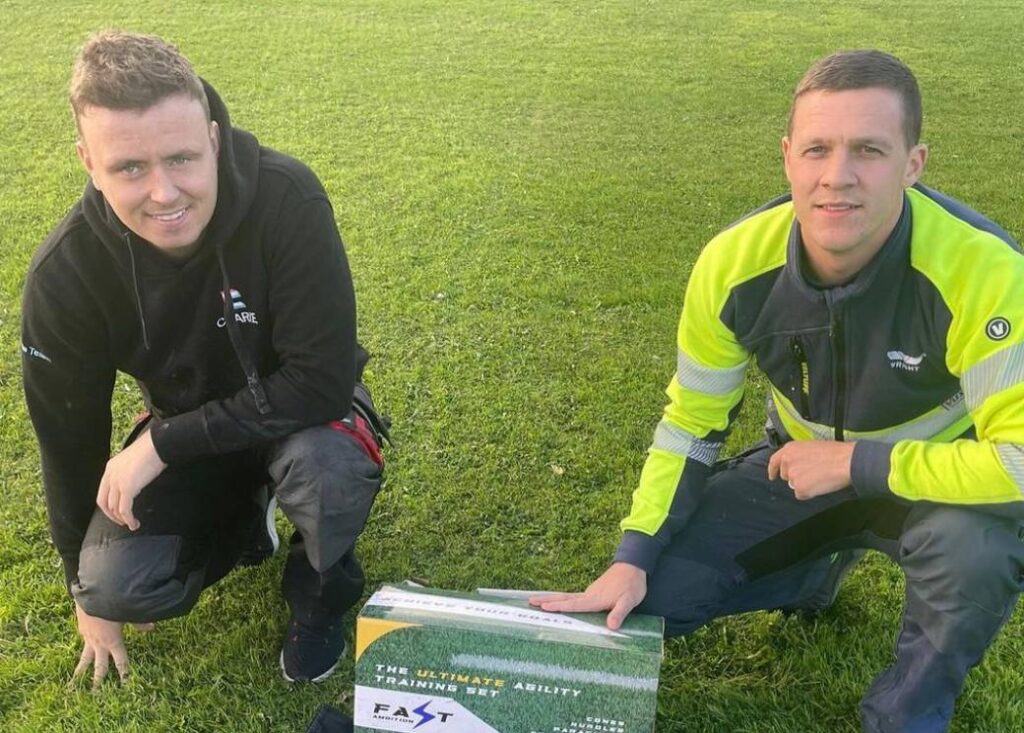
Training Materials: Lots of Hype, Little Depth
If you’re hoping the FBA Brand Builder training will give you a competitive edge in the Amazon marketplace, you might want to manage your expectations. As covered in Promises vs. Reality, the training materials fall short of delivering the depth and originality needed to navigate Amazon’s increasingly cutthroat environment.
Common Complaints About the Training:
- Too Basic:
The modules focus heavily on beginner topics like setting up a company, creating a logo, and basic branding. These are useful for total newbies, but clients often feel the content doesn’t go far enough. For example, there’s little emphasis on advanced strategies like scaling ad campaigns, optimizing for high-volume keywords, or handling supply chain challenges. - One-Size-Fits-All Approach:
The program is designed for a “general audience,” which means there’s no tailored advice. If you’re dealing with a unique niche or specific hurdles, you’re pretty much on your own. - Recycled Content:
Many clients have pointed out that much of the training feels familiar—because it’s already available for free on platforms like YouTube. For £6,500, most people expect exclusive insights, not repackaged advice they could’ve Googled.
This lack of depth makes it tough for clients to feel equipped to tackle the realities of selling on Amazon, especially when things get complex.
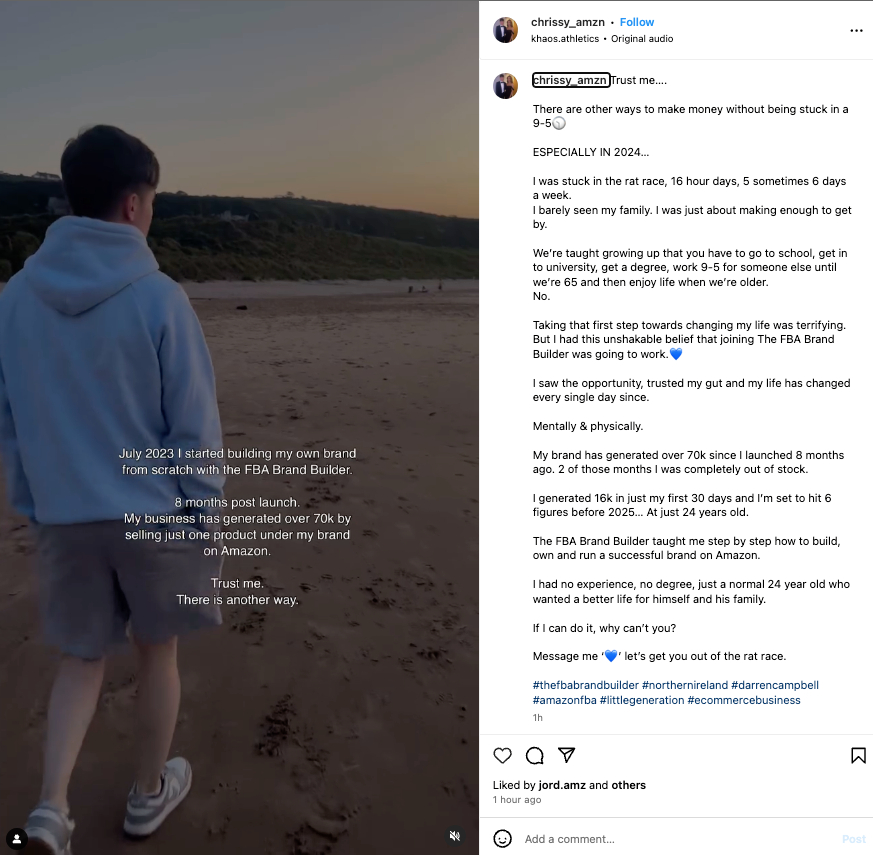
Mentorship: More Talk, Less Action
Mentorship is one of the most heavily promoted features of the program. It’s positioned as a cornerstone of the experience, promising hands-on guidance and support every step of the way. But based on client feedback, the reality is far less impressive. Many participants describe the mentorship as vague and surface-level, with little practical value.
What’s Missing in Mentorship:
- Generic Advice:
Instead of tailored strategies, clients often hear motivational platitudes like “keep pushing” or “you’re doing great.” While encouragement is nice, it doesn’t help with concrete challenges like fine-tuning product listings or fixing an underperforming ad campaign. - Hard-to-Schedule Calls:
One-on-one calls are marketed as a key feature, but many clients report that they’re difficult to book. When they do happen, they’re often rushed, leaving clients with more questions than answers. - Inexperienced Mentors:
Many of the mentors are former clients who joined Darren’s team. While they may be familiar with the program, their lack of experience outside it raises concerns about the depth and relevance of their advice.
For a program that claims to offer “hands-on mentorship,” these issues leave many participants feeling frustrated and unsupported.

The “Growth Programme”: Ongoing Cost, Minimal Value
After launching their first product, clients are automatically enrolled in the £150/month Growth Programme. It’s pitched as a way to receive continued mentorship and guidance, but for many, it feels more like an expensive add-on with limited value.
Why the Growth Programme Feels Like a Cash Grab:
- Recycled Advice:
A lot of the content—such as tips on requesting reviews or account health checks—is already available for free through Amazon’s resources. Paying for it feels unnecessary. - Hidden Costs Add Up:
On top of the £6,500 initial investment, this monthly fee, along with other hidden expenses, can push the total cost well over £10,000. For many, this feels excessive for what they’re actually getting.
Instead of feeling supported, clients often feel like they’re being milked for more money.
The Bigger Picture: Are the Promises Realistic?
The FBA Brand Builder program paints a compelling picture of Amazon FBA success. But the more you dig, the clearer it becomes that the reality doesn’t quite live up to the hype. From shallow training materials to mentorship that lacks substance, to the questionable use of success stories, the program leaves a lot to be desired.
Key Takeaways for Prospective Clients:
- Ask for Transparency:
Before signing up, get a full breakdown of all costs—including hidden fees like mentorship and monthly programs. - Look Beyond Revenue:
Don’t just focus on revenue figures in success stories. Ask about profit margins, costs, and long-term sustainability. - Explore Alternatives:
Consider other programs or free resources that might offer more depth, tailored advice, or a better return on investment.
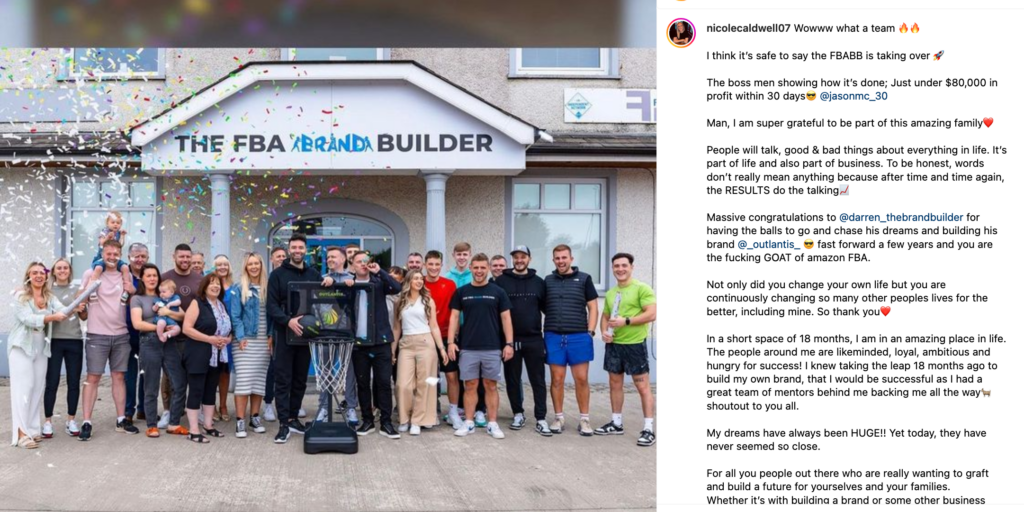
Is FBA Brand Builder Worth It?
At first glance, Darren Campbell’s FBA Brand Builder program seems like a golden ticket to Amazon FBA success. But once you look past the polished marketing and flashy success stories, the cracks start to show. Many of the program’s highlighted success stories come from individuals who now act as brand advocates or team members, creating a troubling overlap. This connection often goes undeclared, raising questions about the independence and authenticity of these testimonials.
With vague training, mentorship that doesn’t deliver, and costs that keep stacking up, it’s clear that the program may not be the all-in-one solution it claims to be. For £6,500—and potentially much more—clients deserve a program that delivers real value, transparency, and actionable support. Without those, the glossy success stories feel more like a marketing strategy than a reliable representation of what most clients can achieve. If you’re considering this program, take your time, do your research, and carefully weigh your options.
